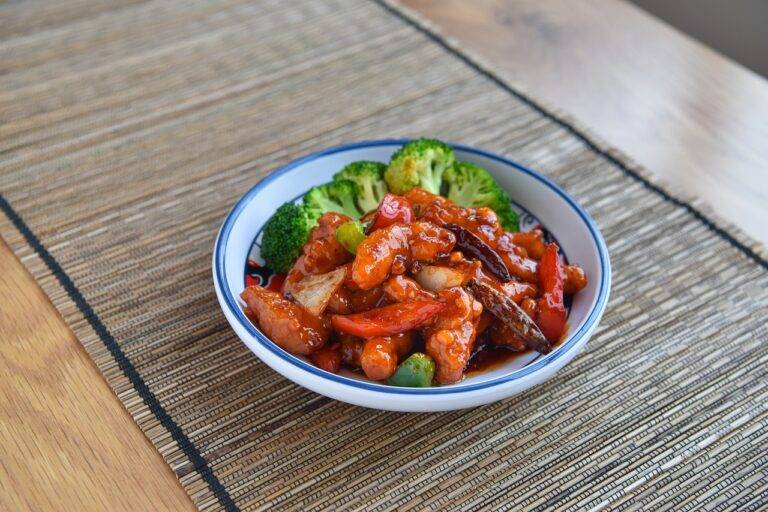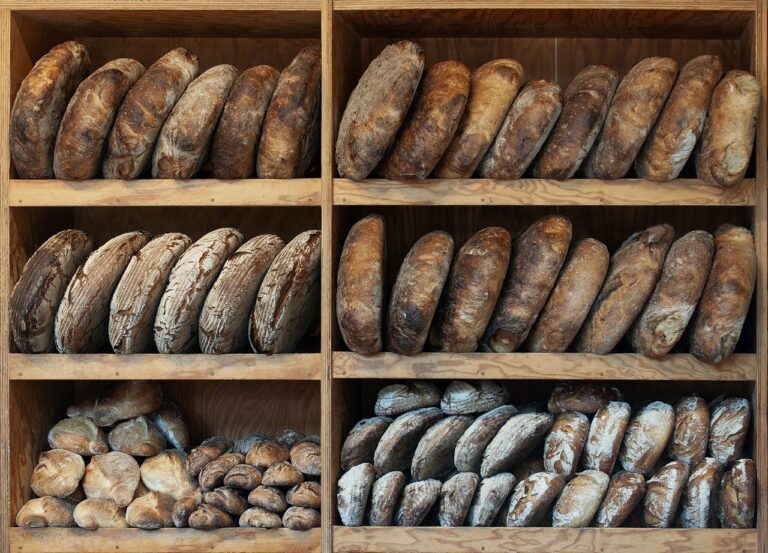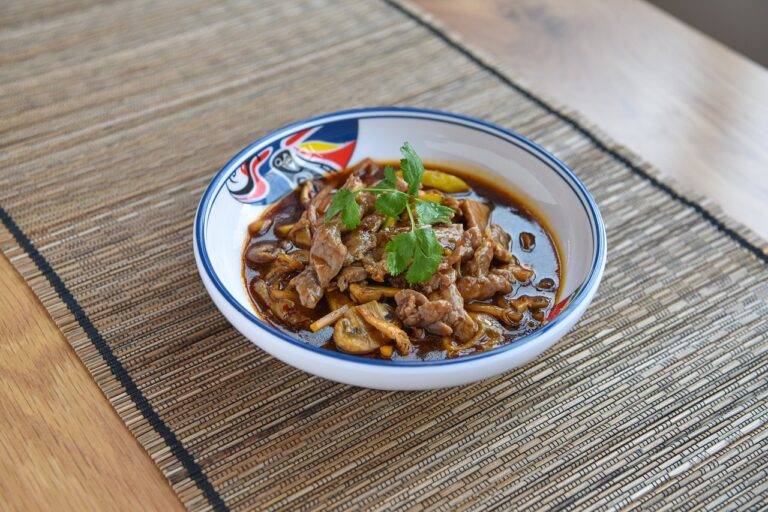The Influence of Food Industry Lobbying on Government Policies
In the early 20th century, the food industry began to realize the significant influence it could wield through lobbying efforts in government. By the 1930s, lobbying groups representing food producers, processors, and retailers were established, advocating for policies that aligned with industry interests. These lobbyists sought to shape regulations and legislation that favored their businesses, often leveraging their financial resources and connections to sway decision-makers.
As time progressed, food industry lobbying evolved to become more sophisticated and strategic in its approach. Lobbying groups focused on building relationships with key government officials, providing campaign contributions to sympathetic lawmakers, and conducting extensive research to support their policy positions. The influence of food industry lobbyists continued to grow, resulting in the shaping of agricultural and food safety policies that reflected the priorities of industry stakeholders.
Key Players in Food Industry Lobbying
One of the primary players in food industry lobbying is large corporations that have significant influence on government policies and regulations. These corporations often have substantial financial resources to support their lobbying efforts and push for legislation that aligns with their business interests. Their ability to fund political campaigns and hire experienced lobbyists enables them to sway decision-makers in their favor.
Another key player in food industry lobbying is trade associations that represent the interests of various sectors within the industry. These associations work to advance common goals and protect the interests of their members through advocacy efforts and political engagement. By leveraging the collective power of their members, these trade associations are able to effectively lobby policymakers and shape legislation that impacts the entire food industry.
Large corporations with significant financial resources
Ability to fund political campaigns and hire experienced lobbyists
Influence on government policies and regulations
Trade associations representing various sectors within the food industry
Advancing common goals and protecting members’ interests
Leveraging collective power of members to lobby policymakers
Tactics Used by Food Industry Lobbyists
Food industry lobbyists are known to utilize various tactics to influence government decisions and policies that align with their interests. One common strategy is leveraging financial contributions to political campaigns, creating a sense of indebtedness among policymakers. By funding political campaigns, lobbyists aim to establish connections and gain access to decision-makers, ensuring their voices are heard when shaping food-related regulations.
Another tactic employed by food industry lobbyists is engaging in extensive lobbying efforts, including meeting directly with policymakers to advocate for their agenda. These lobbyists often provide industry-specific data and research to support their positions, attempting to sway policymakers through evidence-based arguments. By maintaining a strong presence in government circles, food industry lobbyists aim to influence policy outcomes in their favor, ultimately shaping the regulatory landscape in the food sector.
What is the history of food industry lobbying in government?
Food industry lobbying in government dates back to the early 20th century, when industry giants began influencing policies and regulations to benefit their businesses.
Who are the key players in food industry lobbying?
Key players in food industry lobbying include major corporations, trade associations, and advocacy groups representing various sectors of the food industry.
What are some tactics used by food industry lobbyists?
Some tactics used by food industry lobbyists include campaign contributions, forming coalitions with other industries, conducting research to support their positions, and leveraging relationships with policymakers.







